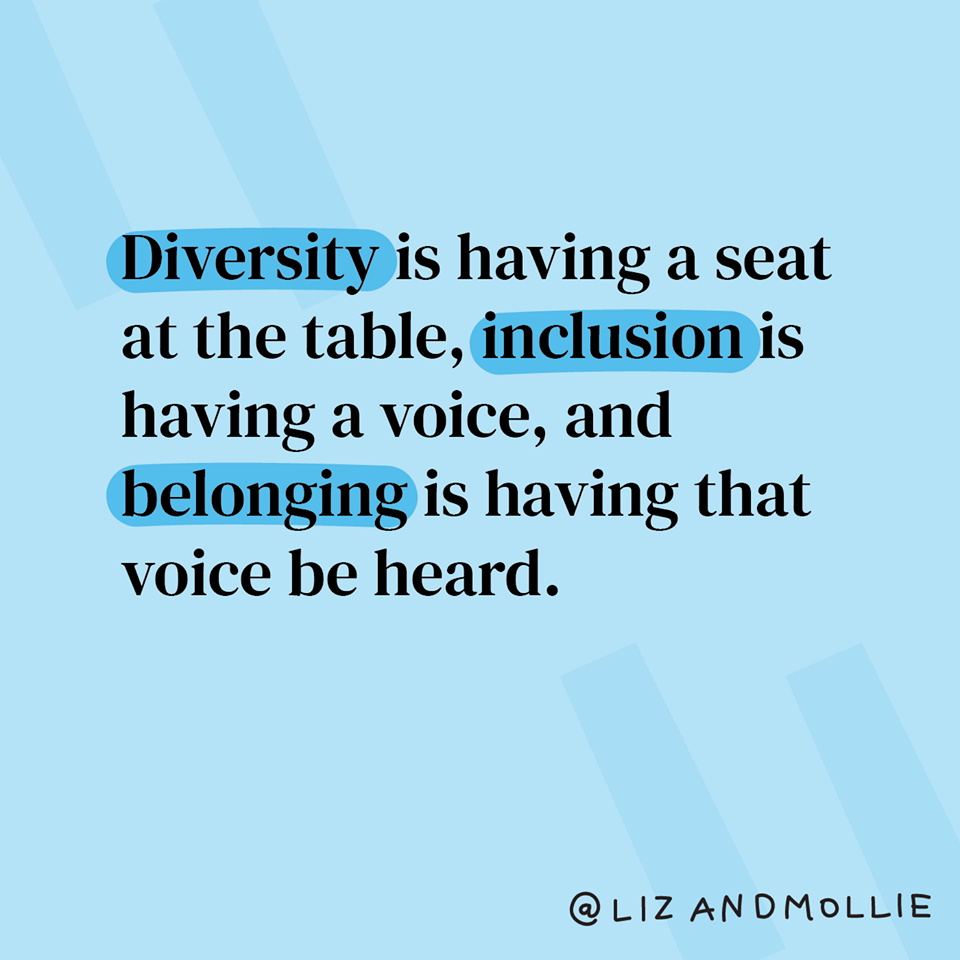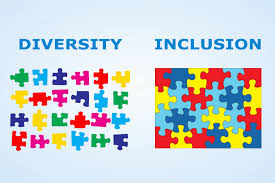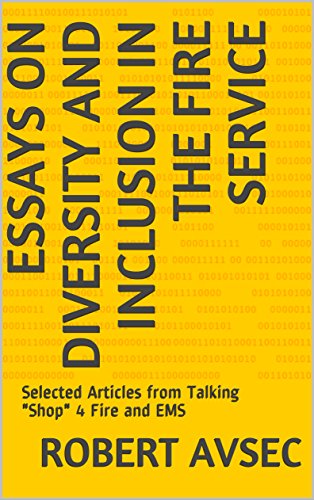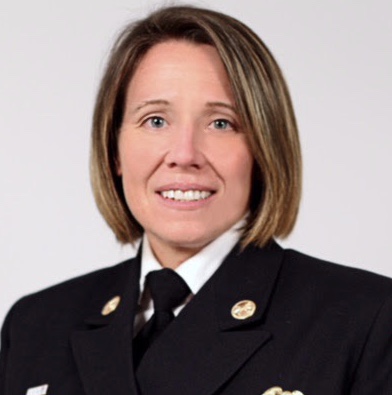By: Marlene Kostyrka, Assistant Chief, Charleston (SC) Fire Department
As I scroll through social media these days there seems to be a glaring issue with people skills, in the fire service. My motivation for writing this blog is a personal mission to provide information on inclusiveness and how the lack of it creates an internal risk that will take years to change.

It seems so simple–treat people fairly– and the way you want to be treated, especially in the fire service. We are all here because we want to help others, yet we often forget the “others” we work next to or work with.
Not long ago, I was at a conference where there were three North Carolina Fire Departments either evaluated for accreditation or for reaccreditation. The process of a commission hearing seems simple enough. The accreditation team leader has already submitted a report stating what was discovered by the site-visit to a department. The department’s chief makes a formal introduction and remarks before the commission, thanking the team for their engagement before opening the floor for a public interview and questions.
As the accreditation board conducted their review with the three departments from North Carolina, I sat in the room teeming with excitement. Each department belongs to the North Carolina Accreditation Support Consortium—for which I formally served as co-chair—so this it was extremely personal for me. I must admit to feelings of pride and nervousness.
As each of the three departments responded to questions, it was clear they were both prepared and confident with the process. This was the first time that the Greenville Fire Department appeared before the panel, so it was no surprise that they received the most questions.

“How are you recruiting for diversity?” This is by far one of the toughest questions the commission could ask. There was awkward silence before someone attempted to answer the question. Ultimately, the chief stepped in and gave this profound answer. He stated, “We are not as concerned about diversity. Our focus is in on inclusiveness, because without having everyone feel welcomed, how can you have diversity?”
Because it is not allowed, I had to restrain myself from standing up and applauding. But I couldn’t help but think, this chief “gets it.” He understands that you cannot have one without the other. Inclusiveness must come first in order to cultivate your department for diversity.
As I continued to associate with some of the premier leaders from around the country, one theme stood out repeatedly: The importance of a risk assessment.
This process should be conducted both internally and externally. I was fortunate to be a participant in the facilitated round-table discussion of accredited departments. It was a think-tank of new and innovative ways for continuous improvement, even in the areas where we might already excel.

So, it was not surprising that risk assessment once again became the topic of discussion. One chief emphasized the idea of an internal review. He explained departments should be discussing their efforts with reducing the risk of cancer, providing safer gear, promoting physical fitness programs, and providing education about mental health. After all, we are a part of the community and these are risk associated with our career.
After his comment, I reflected on that statement from the chief of GFD regarding diversity. Inclusion is a huge risk in our job. Why does the fire service continue to fail at taking it seriously and identifying areas to improve?
Most crucial conversations are focused on wanting to know “why.” It is not always about the money, the schedule, or the glory of the fire service. The new generation of firefighters want to assist with making decisions and be involved with the process.
They’re educated, they’re vibrant, they come from other industries, and they are well informed. Yet the many in the fire service continue to tell them what they should or should not be doing and do not encourage thinking “outside the box.”
They become the outsiders. And although this is most often identified with minorities and women, the millennials are becoming a large part of the fire service and face the same challenges.
A quick note. Millennials are not kids. Nielsen Media Research has defined millennials as between 21 and 37 years old in 2018. The United States Chamber of Commerce, a business-oriented lobbying group, uses 1980–1999. In 2014, U.S PIRG described millennials as those born between 1983 and 2000.
And right on their heels is the next generation, Gen Z. Members of the newest generation to be named and were born between 1995 and 2015. They are currently between 4-24 years old and there are nearly 74 million of them in U.S.
As we look to improve our departments for the betterment of the community we serve, and the fire fighters we employee, it is imperative to focus on all the risks associated with our profession. Creating an environment for diversity starts with inclusiveness of the current staff and is one risk that is often overlooked.
Everyone is different and it’s not just the way we look. Inclusiveness allows everyone to have a seat at the table and it encompasses understanding different backgrounds, ethics, morals, values, places we live, family upbringing, everything that makes us who we are.

Once we as fire service leaders embrace this and understand diversity in its purest form, the quicker we can focus on our internal customers. If this culture is not established before hiring, the fire service will never bridge the gap of diversity.
Ask yourself and your department members, does your department value and embrace differences? If the answer is no, then how will diversity survive?
Conduct a risk assessment to do the work. I assure you, it is worth the effort. The community, the firefighters in the field, and your own sense of accomplishment after doing so, will be your reward.
About the Author

Marlene Kostyrka currently serves as the Assistant Chief of Planning and Administration for the Charleston (SC) Fire Department. Chief Kostryka has been a guest blogger on this site previously and can read those pieces, The Fire Service Change Agent and Small Things Mean a Lot: The Importance of Making Your Bed.
 Fire & EMS Leader Pro The job of old firefighters is to teach young firefighters how to become old firefighters!
Fire & EMS Leader Pro The job of old firefighters is to teach young firefighters how to become old firefighters!